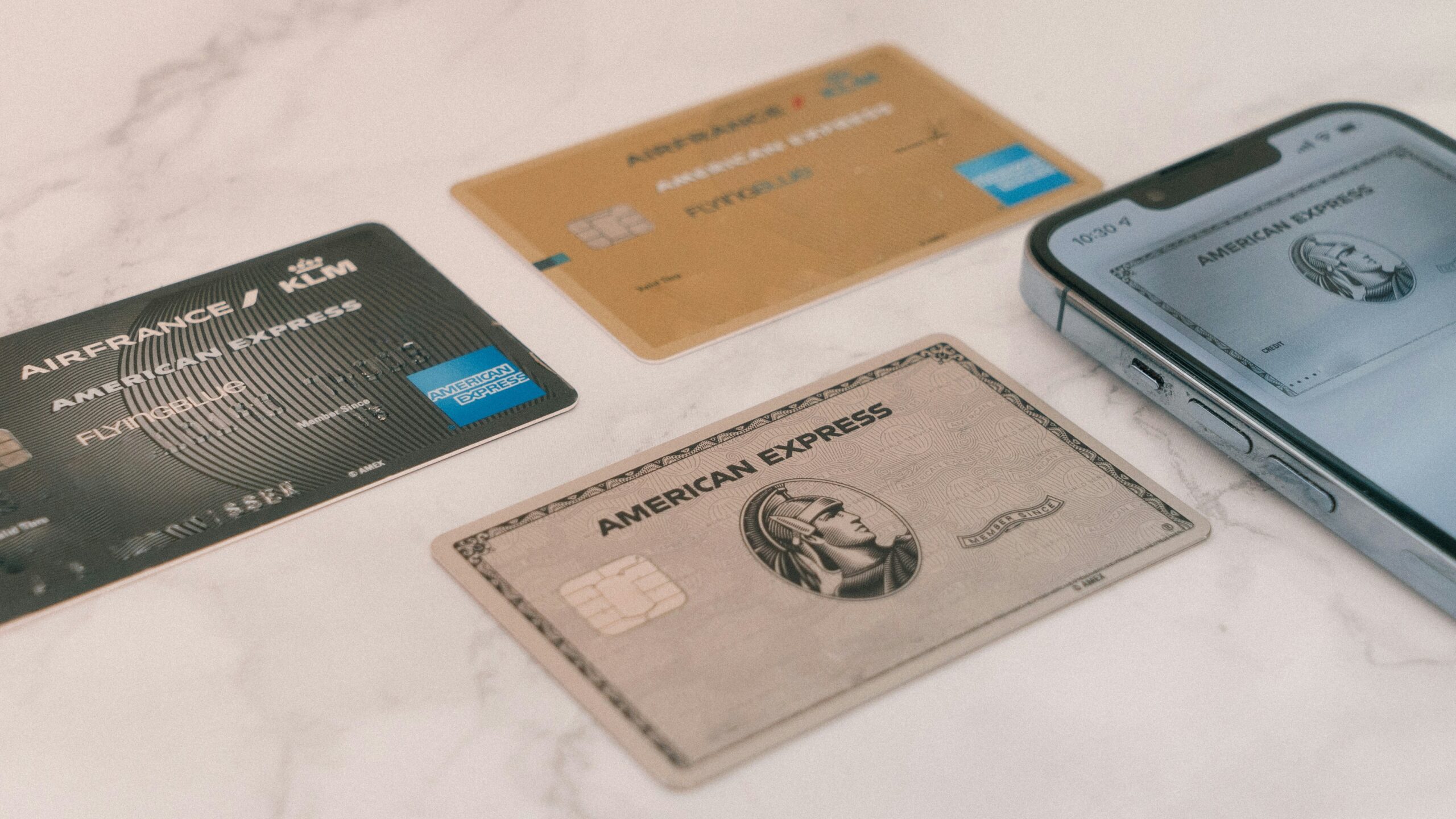The risks of refunding a different credit card
Refunding to a different card than the one used for the purchase may seem convenient, but it can lead to fraud, chargebacks, legal trouble, and customer confusion. Here’s why sticking to the original card is the safest choice and how to handle refunds the right way.
Always refund to the original transaction method
Why refunding to a different card is risky
Risk of fraud
Refunding to a different card can open the door to fraud. Scammers may make purchases with stolen cards, then ask for refunds to their own accounts. This tactic allows them to cash in on stolen funds through your business. Staying vigilant helps protect your business from being a target for fraud and avoids penalties from payment processors.
Chargeback issues
The original cardholder can dispute the charge if they didn’t receive the refund, leading to costly chargebacks. You may end up paying twice—once for the refund and again for the chargeback fee.
Breaking rules from card brands and processors
Most payment processors and card brands require refunds to be issued to the original card. For example, Visa’s policy only allows refunds if the original Visa account was used. Not following these rules could result in fines and hurt your standing with banks and processors. If a refund to the original card isn’t possible, consider offering store credit, cash, or a prepaid card instead.
Accounting complications
Refunding to a different card creates discrepancies in your financial records, making it harder to track and reconcile transactions.
Customer confusion
When customers see refunds on a different card, it can lead to confusion, and they may question the transaction. This can cause dissatisfaction and lead to follow-up calls or complaints.
Best practices for handling refunds
Verify the card
Always double-check that the card used for the refund matches the original purchase card. This simple step helps prevent potential issues.
Train your staff
Ensure your team understands the importance of refunding to the original card. Training on the risks of incorrect refunds keeps everyone on the same page.
Set clear policies
Display your refund policy prominently at the point of sale and on your website, stating that refunds will only go back to the original card. This transparency helps manage customer expectations and reduces the risk of disputes.
Tips for managing refund timing
Refunds can take 5-14 business days to appear on a customer’s statement. To manage expectations and provide good service:
- Be Transparent: Let customers know refunds may take up to 14 days.
- Provide Proof: Give customers a receipt or confirmation number for the refund to show that the process is underway.
- Offer Follow-Up Support: Encourage customers to reach out if they don’t see the refund after 14 days. This reassurance shows you care about their satisfaction.
Final thoughts
Refunding to the original card is the simplest way to avoid fraud, chargebacks, and legal issues. By following these best practices, you can protect your business, keep your customers happy, and maintain a smooth, secure refund process.


